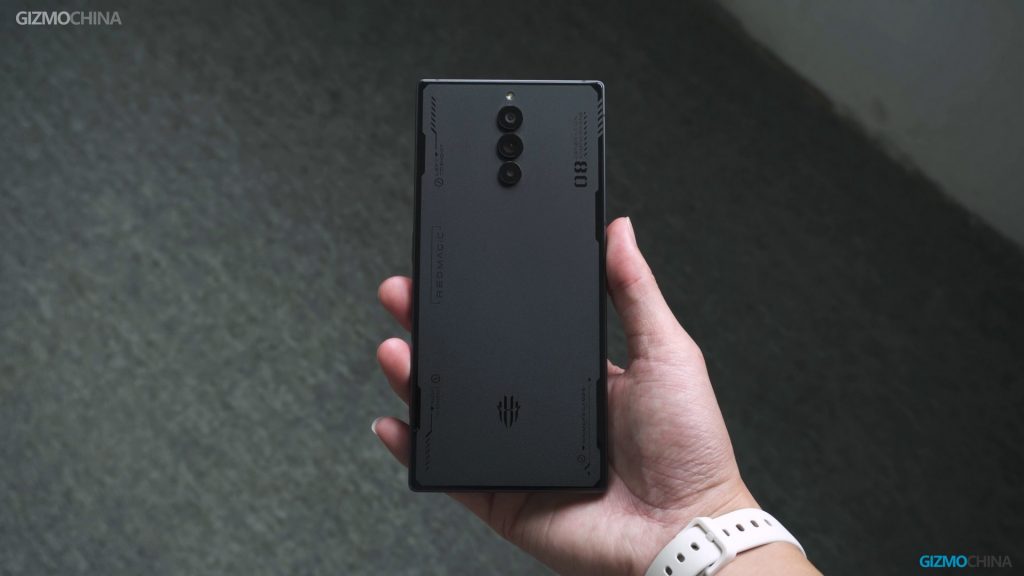Last week, news broke out that the OPlus group will soon introduce smartphones with 24GB RAM. The OnePlus Ace 2 Pro is expected to be the first phone from the group to offer the said amount of RAM.
But the world’s first smartphone to feature 24GB RAM is the Red Magic 8S Pro. This device will be announced in a few hours from when this article goes live.
Currently, 16GB RAM is the highest memory capacity you can find on most handsets. That said, there are some products with 18GB, but they are mostly limited to China.
So do you really need 24GB RAM on your phone? In my opinion, you don’t, but there are some exceptions. Let me explain.

You need at least 4GB RAM to run basic apps in 2023
For the unaware, RAM is the fastest memory chip inside any device. The system software loads into the RAM every time you boot up your smartphone or any other computer.
RAM is also the memory where apps (including games) load into when they are launched. So it is crucial for the functioning of your smartphone.
Right now, 2GB RAM is the bare minimum to run Android 13. It was only 1GB prior to this. These days, you will find measly RAM only on entry-level smartphones that ship with Android Go Edition.
Whereas, most budget smartphones start with 4GB RAM. You may not be able to multitask on these types of handsets but all modern apps will work on them without hiccups.
So what’s the ideal amount of RAM on smartphones?
Most apps consume around 100-200MB of RAM. Some games can take up to 1.5GB or more.
In 2023, it is advisable to buy a phone with at least 8GB RAM.
This is why most popular flagship smartphones like the latest Samsung Galaxy S series start with 8GB RAM. But since Chinese brands have always been competitive, they provide a minimum of 12GB on their premium offerings.
Also, it is worth mentioning that if you browse a lot on your phone with numerous tabs, I recommend you get the variant with the highest amount of RAM you can buy.
Because browsers like Google Chrome consume more RAM than any app or game under heavy load. In fact, the 64-bit version of Google Chrome requires a minimum of 8GB RAM.
But having more RAM doesn’t guarantee an ideal experience
Ideally, if your handset has high-capacity RAM, you should be able to run multiple apps in the background. The applications should not be force closed unless you are out of memory.
Unfortunately, that’s not the case on most phones with a large amount of RAM. These types of smartphones are usually sold by Chinese brands and their software prioritizes battery life by default.
Thus, even with 18GB RAM, these handsets tend to kick out apps from RAM though there’s enough free memory. You have to manually restrict these actions for each app on these devices to properly utilize the maximum available RAM. Sometimes, even this doesn’t work.
Therefore, even if a handset offers 24GB RAM, software optimization is crucial. Keeping more applications in memory is power-consuming but the decision to suspend apps should be in the hands of the consumers by default.
24GB RAM makes sense in certain use cases
Personally, I feel it is fine for some smartphones to feature 24GB of RAM. But it would be better if we see this amount of memory on a device like a horizontal foldable that unfolds into a tablet. Because they are productivity machines and are designed to perform multiple tasks at the same time.
On the other hand, gaming smartphones will also benefit from having 24GB RAM as you can keep multiple games in the background and switch between them, just like on Xbox Series X / S. However, some of the most popular mobile titles right now are online multiplayer games, which need not be kept in the background.
However, if you have 24GB RAM on a regular slab smartphone, the maximum benefit you get is keeping multiple apps in the background. After all, you cannot multitask as efficiently as on foldables. So in my opinion, having 24GB of RAM on regular slab smartphones is definitely an overkill, without any significant benefit.
RELATED:
- Quick Take: Are Smartphones with Removable Batteries a Good Idea in 2023?
- Here’s why Google Pixel smartphones struggle in India
- Honor’s comeback in India could play out this way
- AR vs VR vs MR: How They Are Different?
- Should you buy Samsung Galaxy A54?
- Is Nothing Phone 1 still worth buying?






